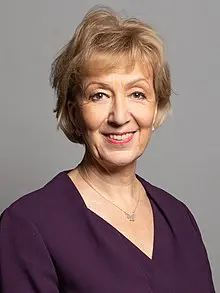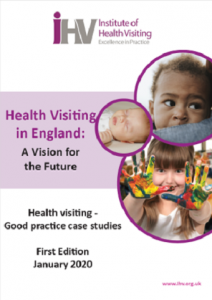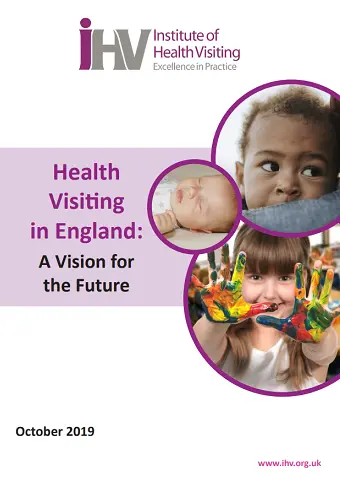
Last week, health visiting leaders, practitioners, policy makers and partners joined together in London for the Institute of Health Visiting’s annual Leadership conference. The event was held at the Royal College of Obstetricians and Gynaecologists/ Royal College of Midwives’ headquarters at 10 Union Street in London. Despite significant travel disruptions caused by the rail strike, 162 delegates were able to attend in-person, with a further 102 delegates registered online – with many saying that they wouldn’t miss it for the world! Thank you, we really value all your support.
The title of the conference was “Leading in a complex world” – if we have ever needed strong leaders, we need them now! With so much rapid change, it is even more important that we take time out to take stock, and learn, and reflect together. The aim of the iHV Leadership conference is for everyone to leave the conference feeling proud of the work that they do, valued, inspired, connected and energised with lots of new ideas to lead health visiting into the future.
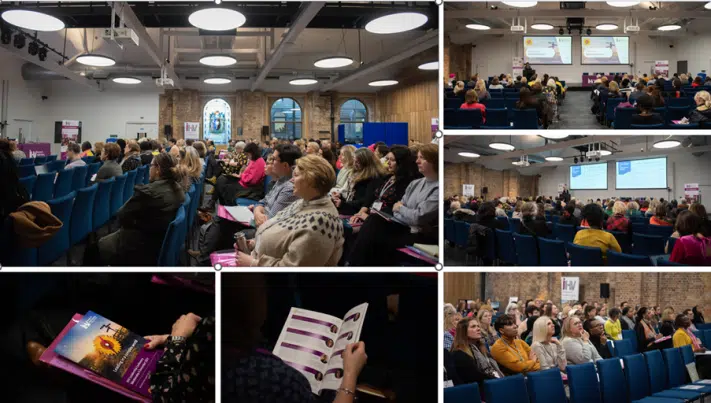
iHV Leadership Conference 2023
The conference had a stellar line-up of national expert keynote speakers and panellists who skilfully covered an extensive breadth of topics including the impacts of child poverty, preconception care, preventative approaches to address the pressures on urgent care, health visiting research and education priorities (read the programme here). We were also delighted to be joined by Dame Ruth May DBE, the Chief Nursing Officer for England, who shared her new Vision for Nursing and Midwifery (including health visiting), hot off the press after it was launched at the CNO Summit a couple of weeks ago. Whilst this Vision is aimed at health visitors in England, a number of the priorities that the Vision is addressing will be similar priorities for all UK nations, with lots of transferable principles wherever health visitors are working.
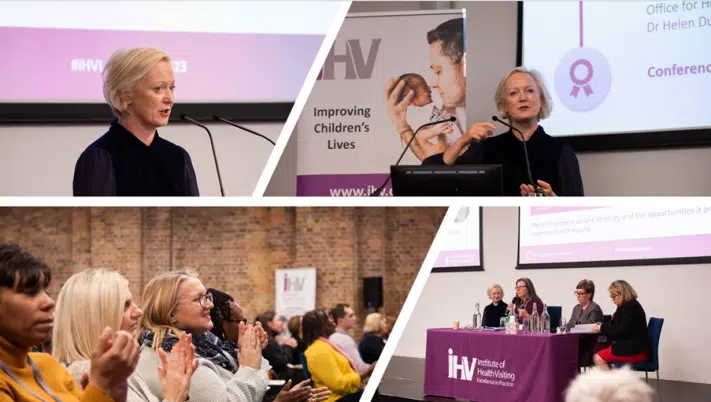
Dame Ruth May DBE, CNO England, addressing iHV Leadership Conference 2023
In her keynote address, Dame Ruth said:
“I’ve been wanting to set out a Vision for nurses, midwives – and now health visitors – going forwards into the future… the Institute of Health Visiting has played a real part in that, wanting to make sure that health visiting, and school nursing, and public health nursing were definitely part of it.”
Dame Ruth went on to explain that it was “no accident” that “Prevention, protection promotion and reducing health inequalities” is the first priority area in her Vision. When the order of the priority areas were being decided, amongst 6 other competing important priorities, Ruth explained that it was important to highlight the “step change” needed to prioritise this area by putting it first. The remaining six ‘priority areas’ of Ruth’s Vision will also need to be translated into key actions for health visiting to ensure that they are achieved. The seven priority areas are:
- Prevention, protection, promotion and reducing health inequalities
- Protecting our planet
- Person-centred care
- Public and patient safety
- Professional leadership and integration.
With two additional enabling areas focused on:
- Professional culture
- People and workforce development.
Ruth called on health visitors to join with her in delivering this Vision, which would start with understanding the data on health visiting workforce and service delivery – Ruth made a plea for help with this. The keynote address concluded with Ruth reiterating her commitment to health visiting, her desire to work with practitioners and the iHV, and to use her voice with the government of the day, stating, “I look forward to working with you – I look forward to working for you – and look forward to you challenging me, making sure we make this a reality”.
Ruth’s keynote address was then followed by an interesting panel discussion which included reflections and comments from Dr Helen Duncan (National Lead for Lifecourse Intelligence, Office for Health Improvement and Disparities), Liz Fenton (Deputy Chief Nurse, Workforce, Training and Education Directorate, NHS England) and Nicky Brown (Senior Nurse/Public Health Specialist Babies, Children and Young People, Office for Health Improvement and Disparities).
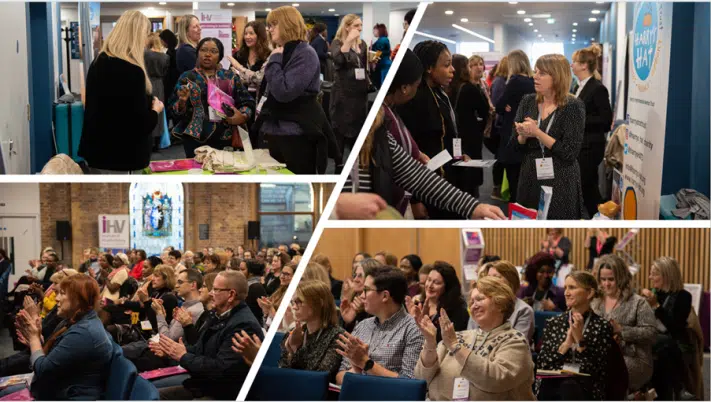
iHV Leadership Conference 2023
Overall, the conference has received excellent feedback in the post-event evaluations received so far. There was an incredible buzz in the room as delegates connected with old friends and made new ones – there is something very special about meeting together as a health visiting community in London in the festive season.
The conference was recorded and all delegates will have received links to access all conference materials today that we have received permission to share to support further reflection and learning (if you have not received these, please do get in touch with [email protected] who can help).
Posts from #iHVLeadership2023
For those of you who could not either join us on the day or could not follow the #iHVLeadership2023 hashtag on X (formerly known as Twitter), we’ve collected and made a little “Wakelet” collection of the day’s posts so you can follow some of what was shared. Please see below.








